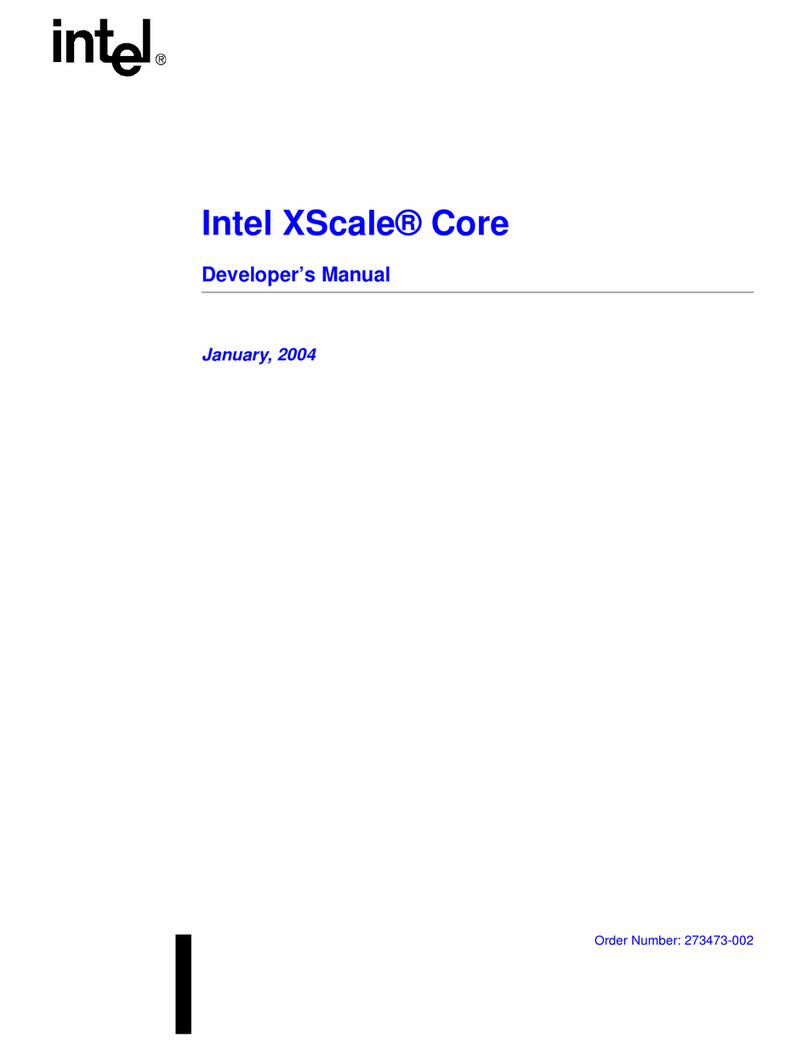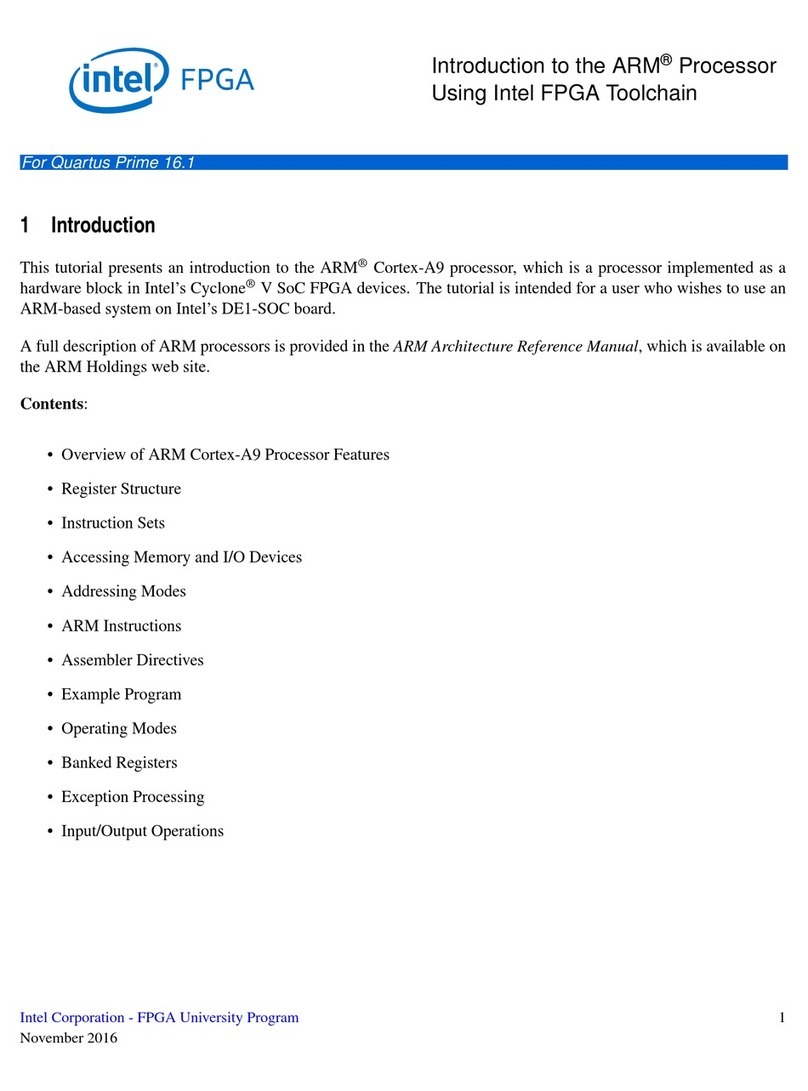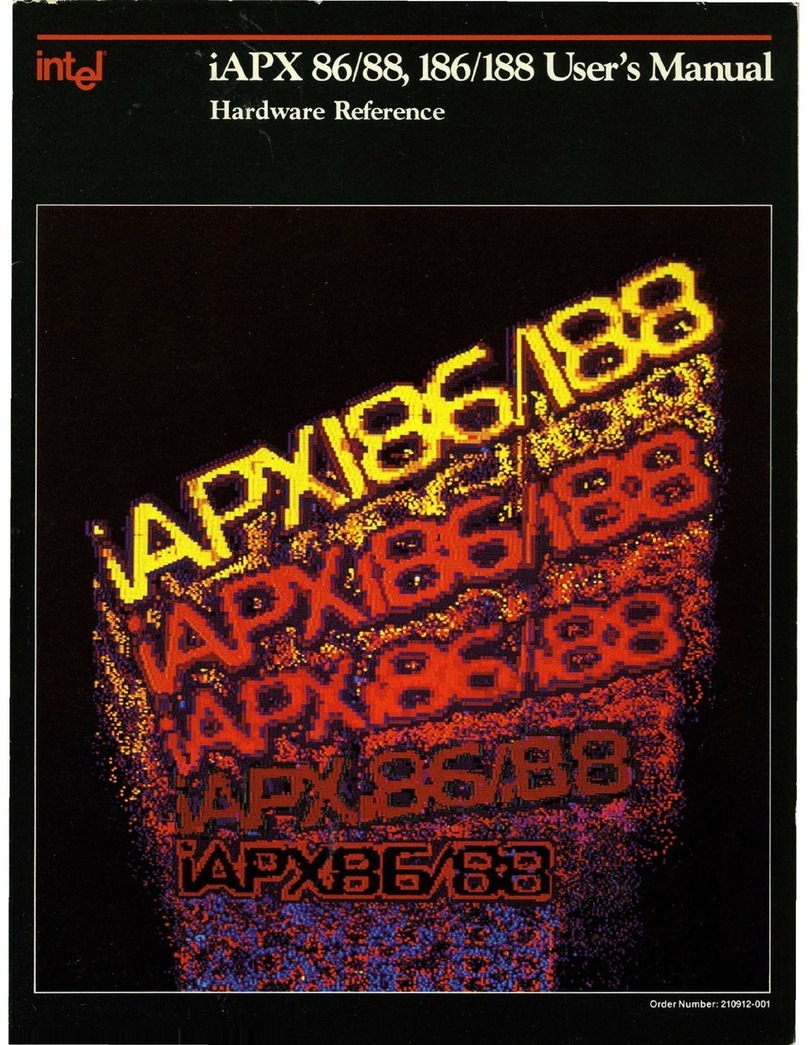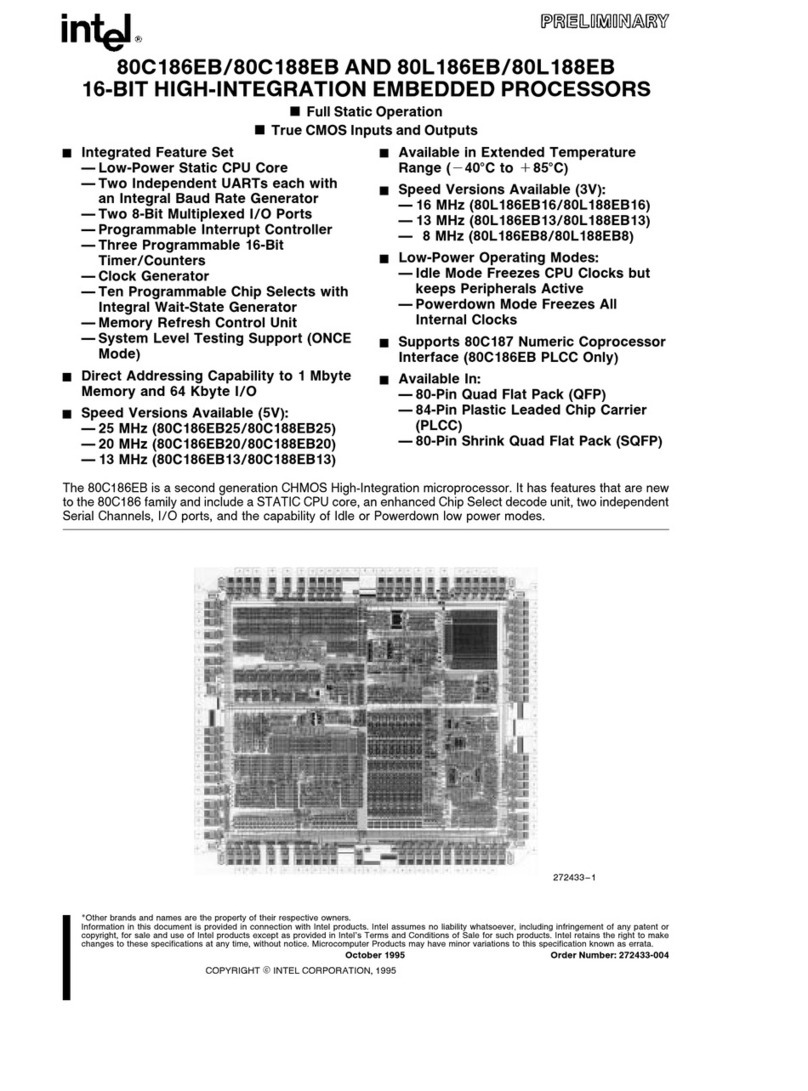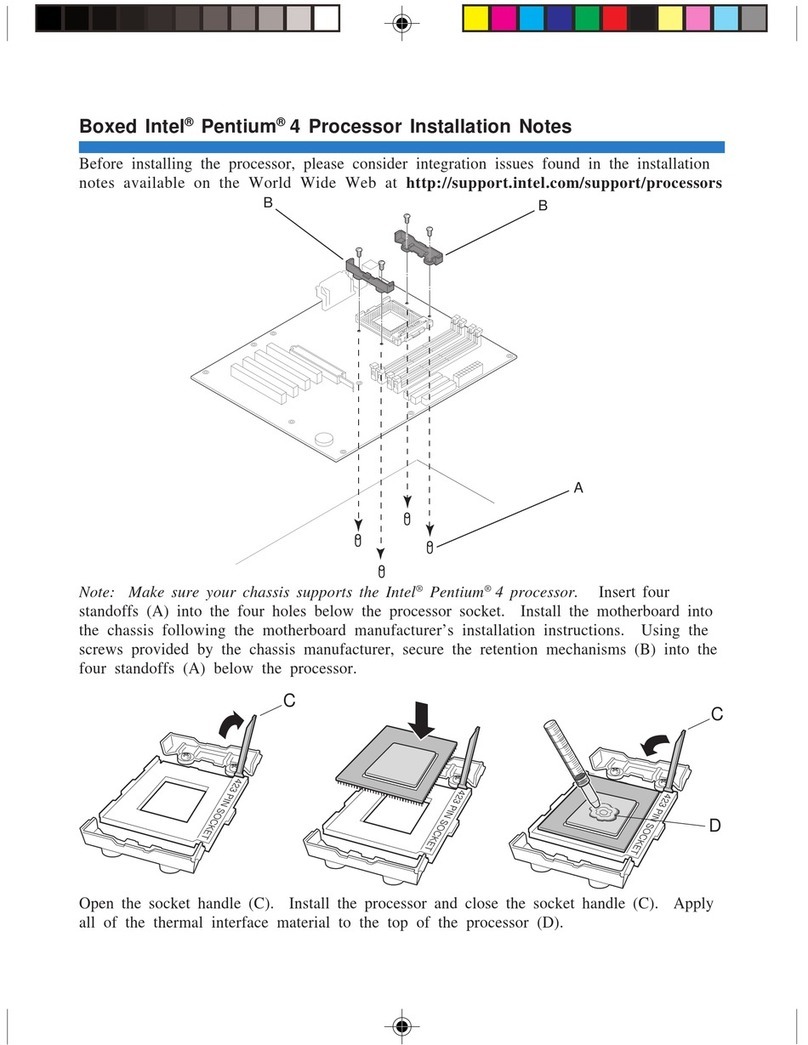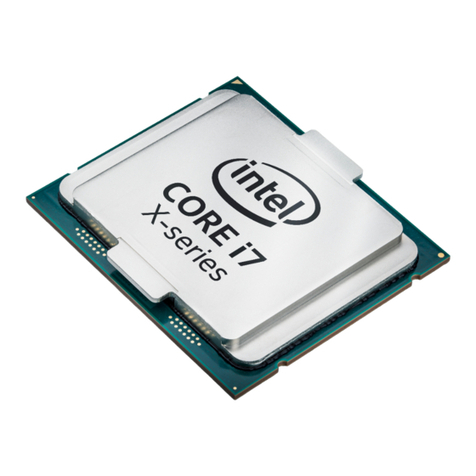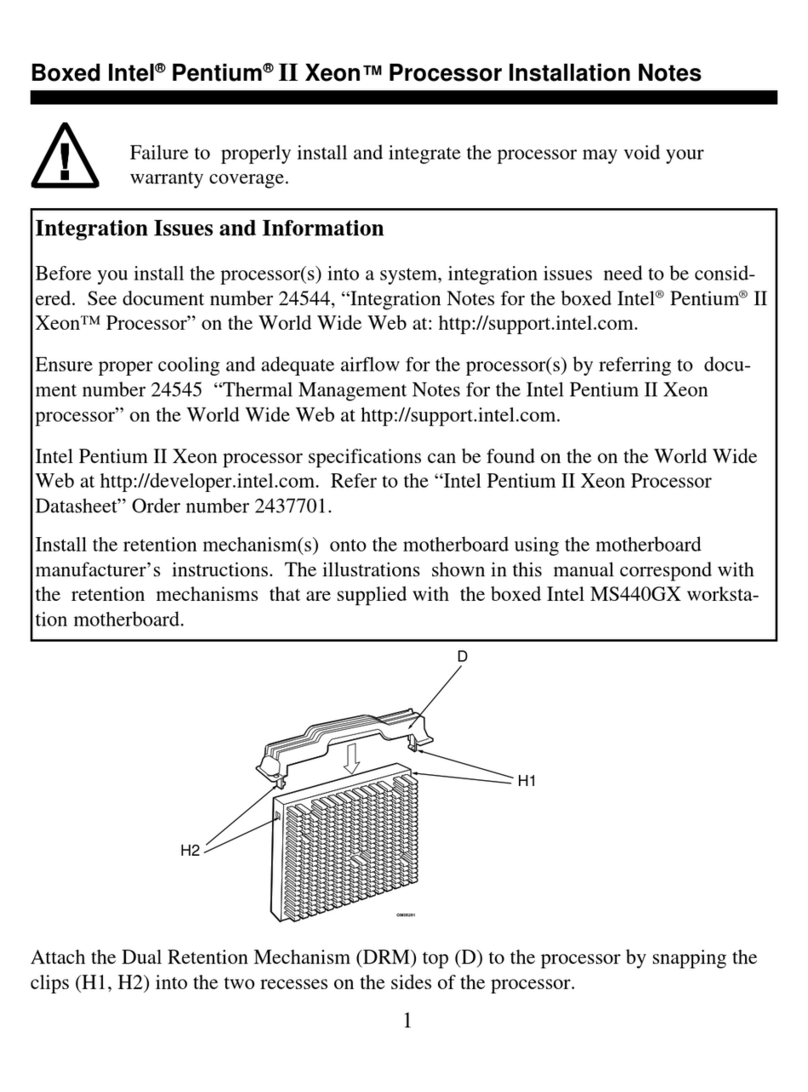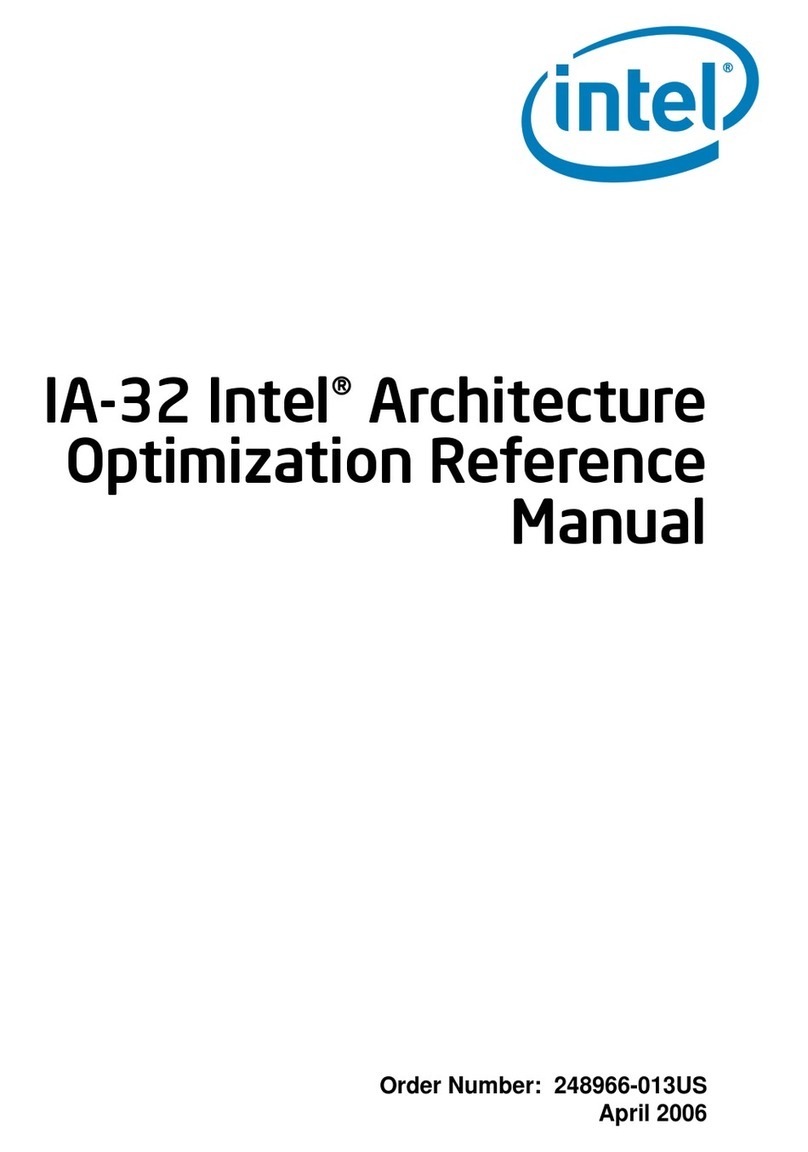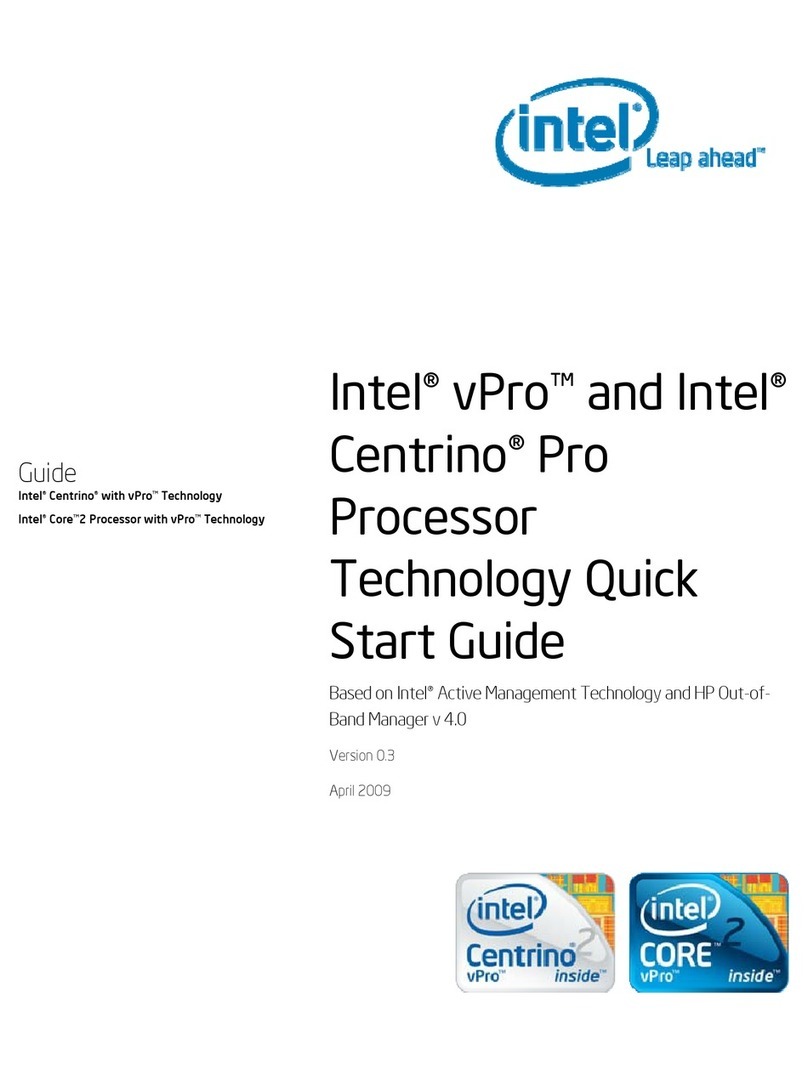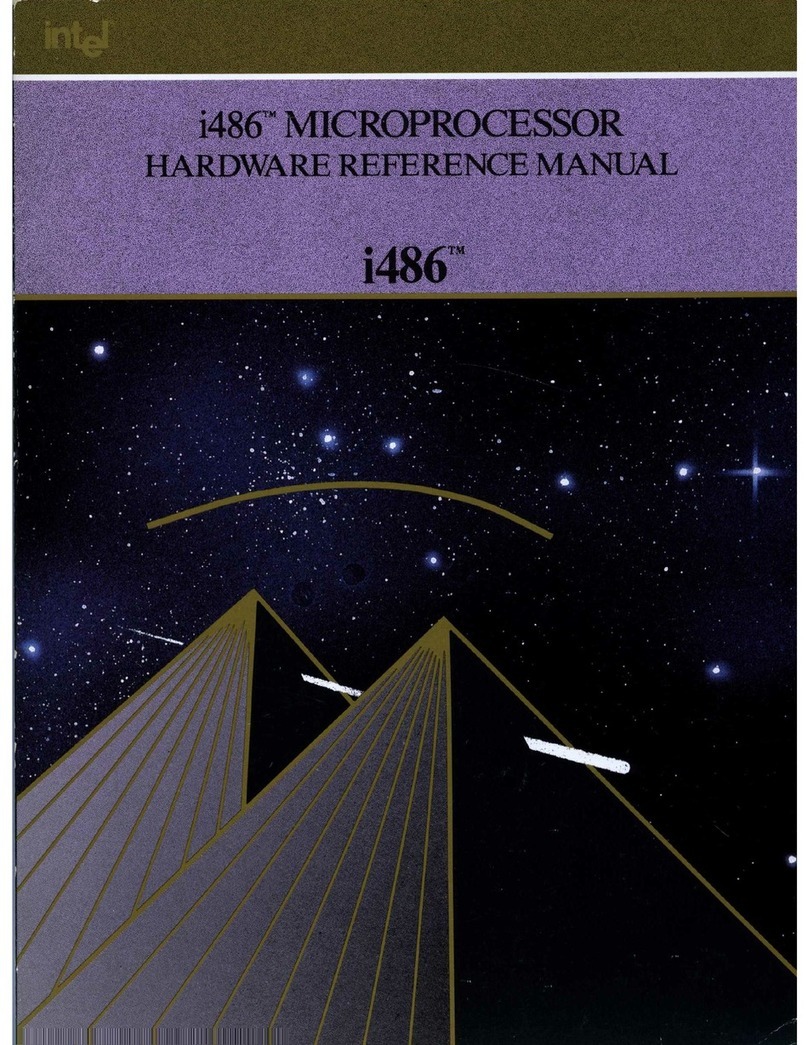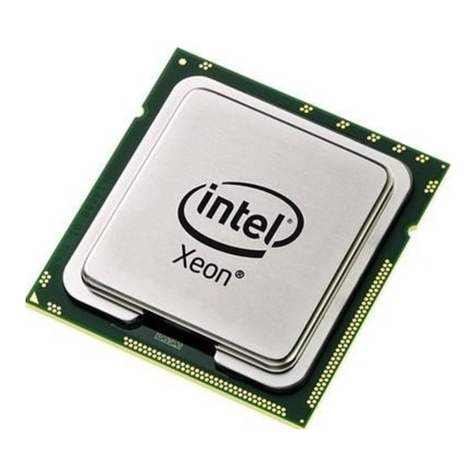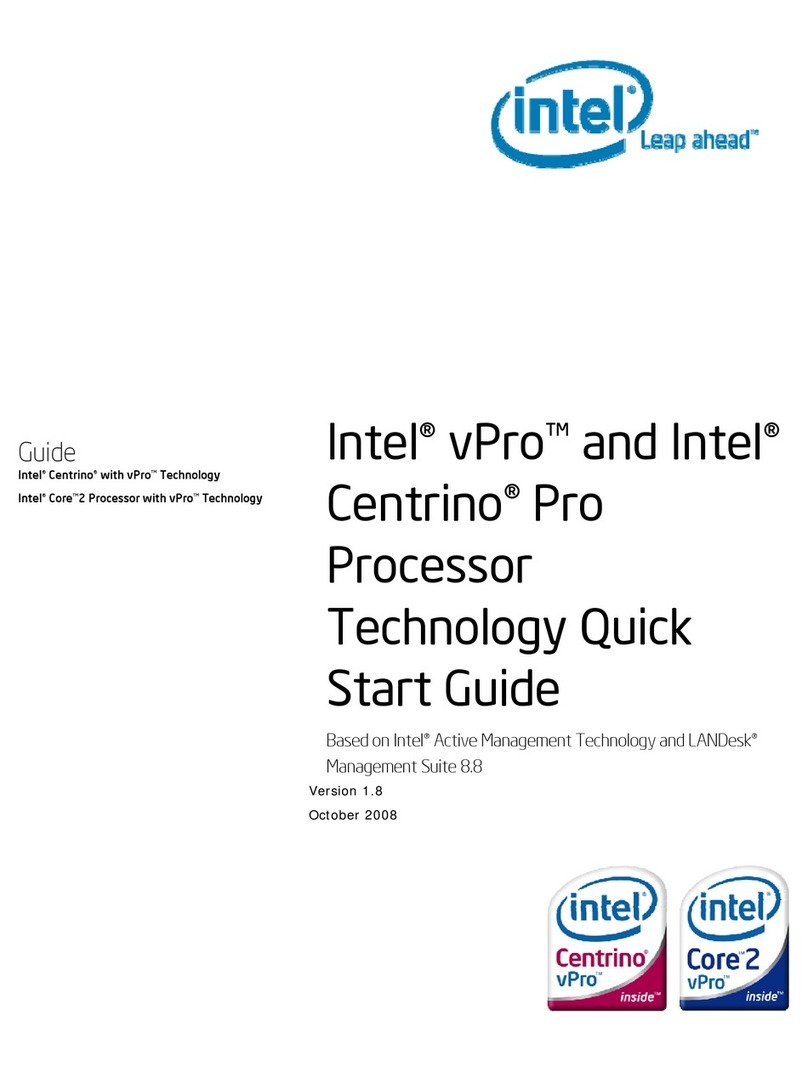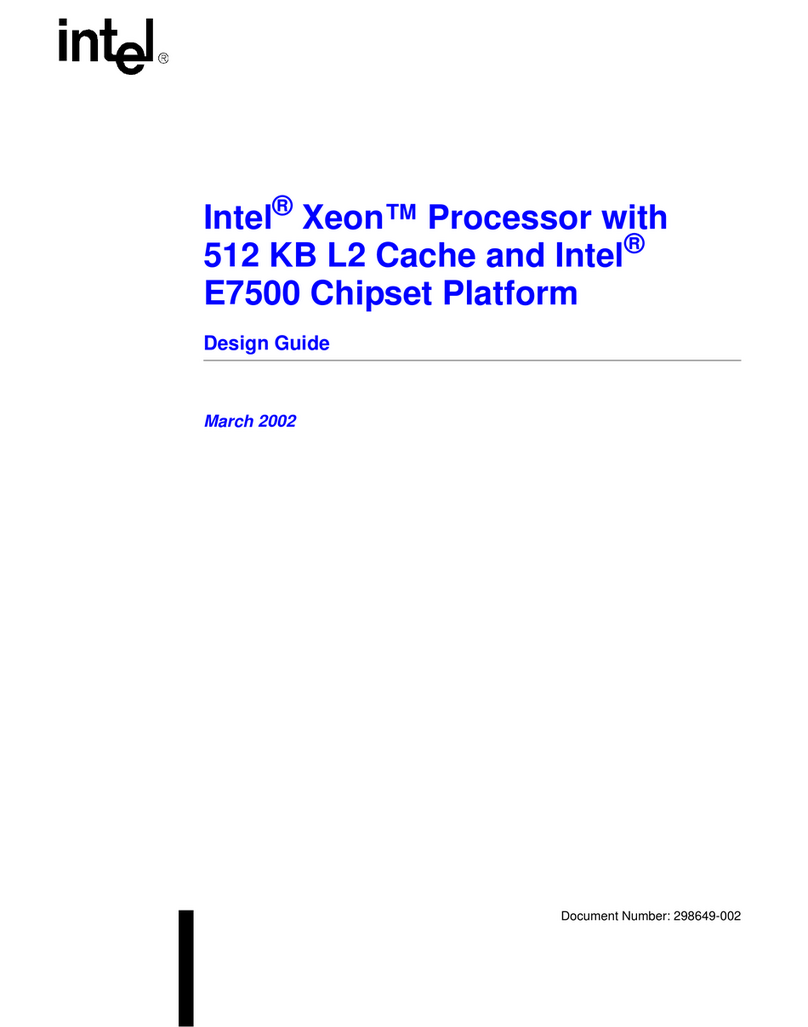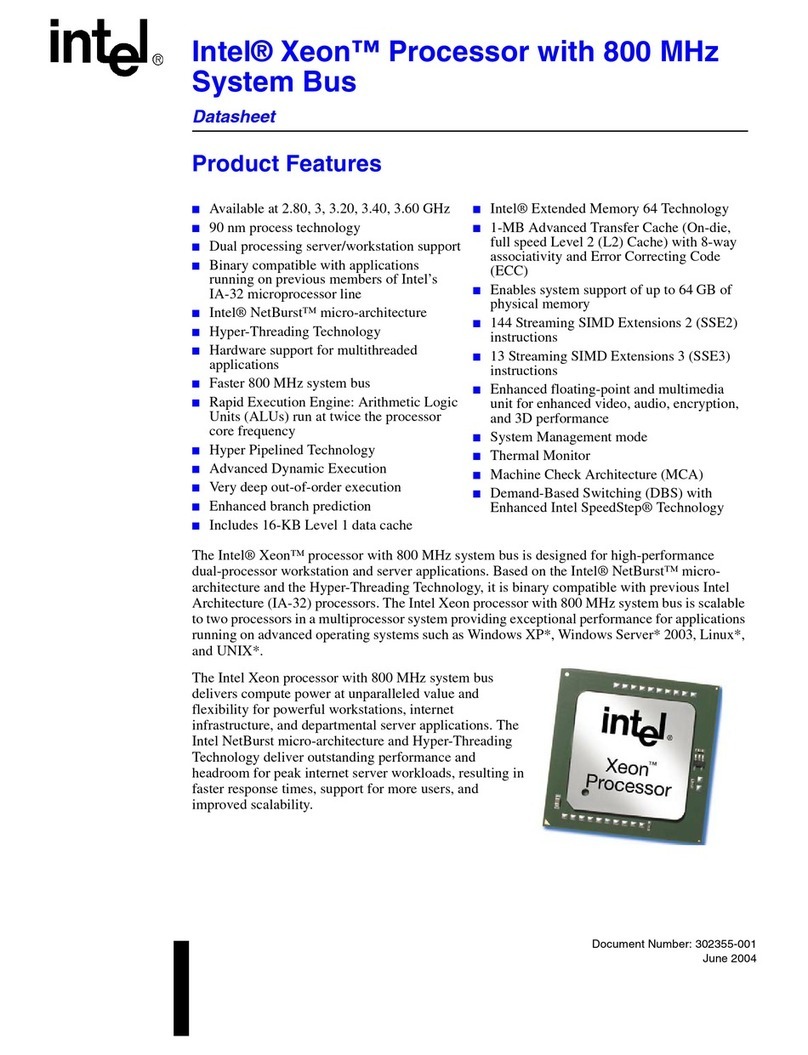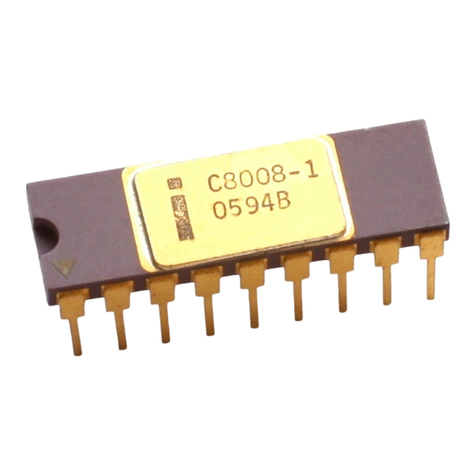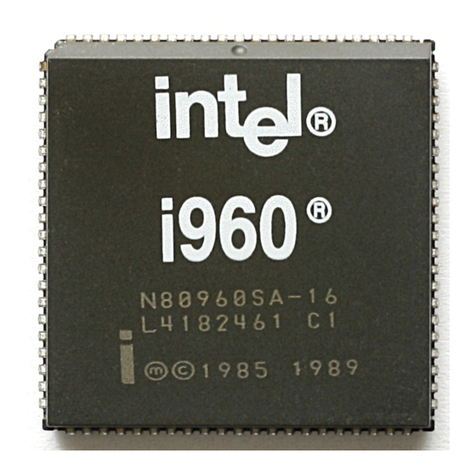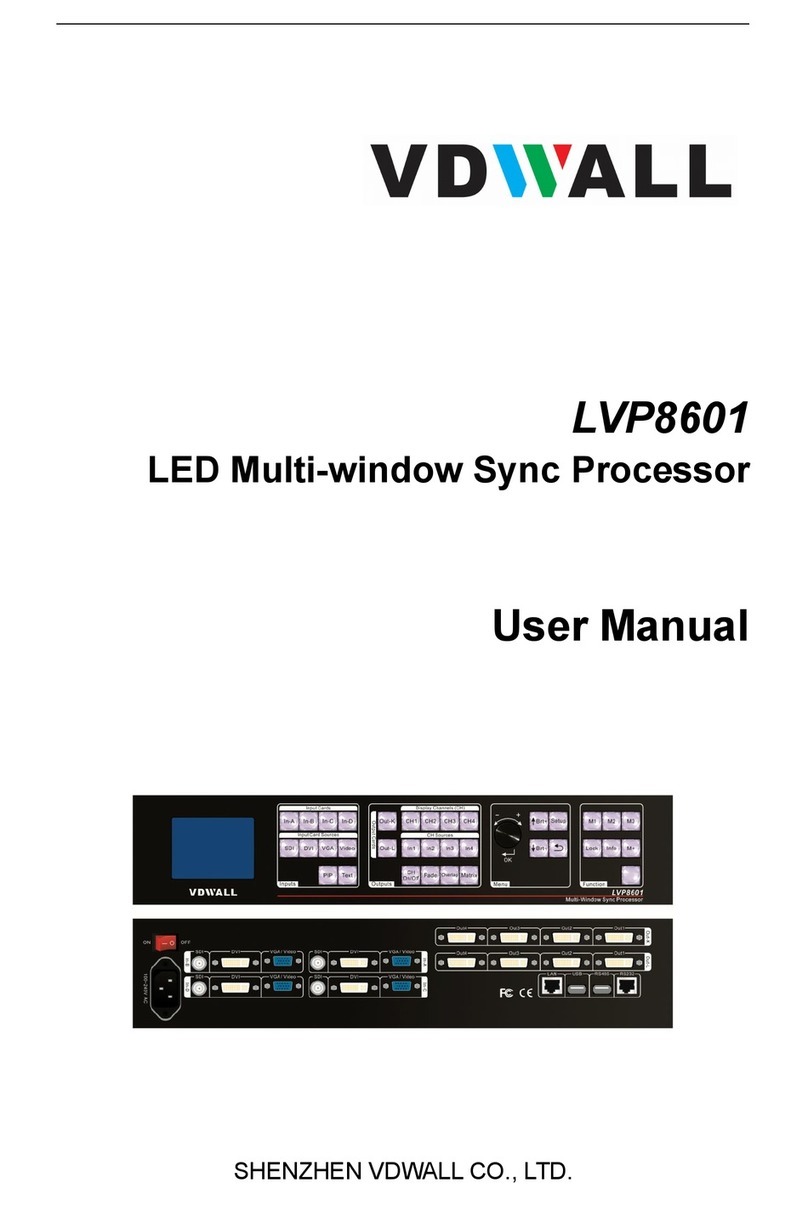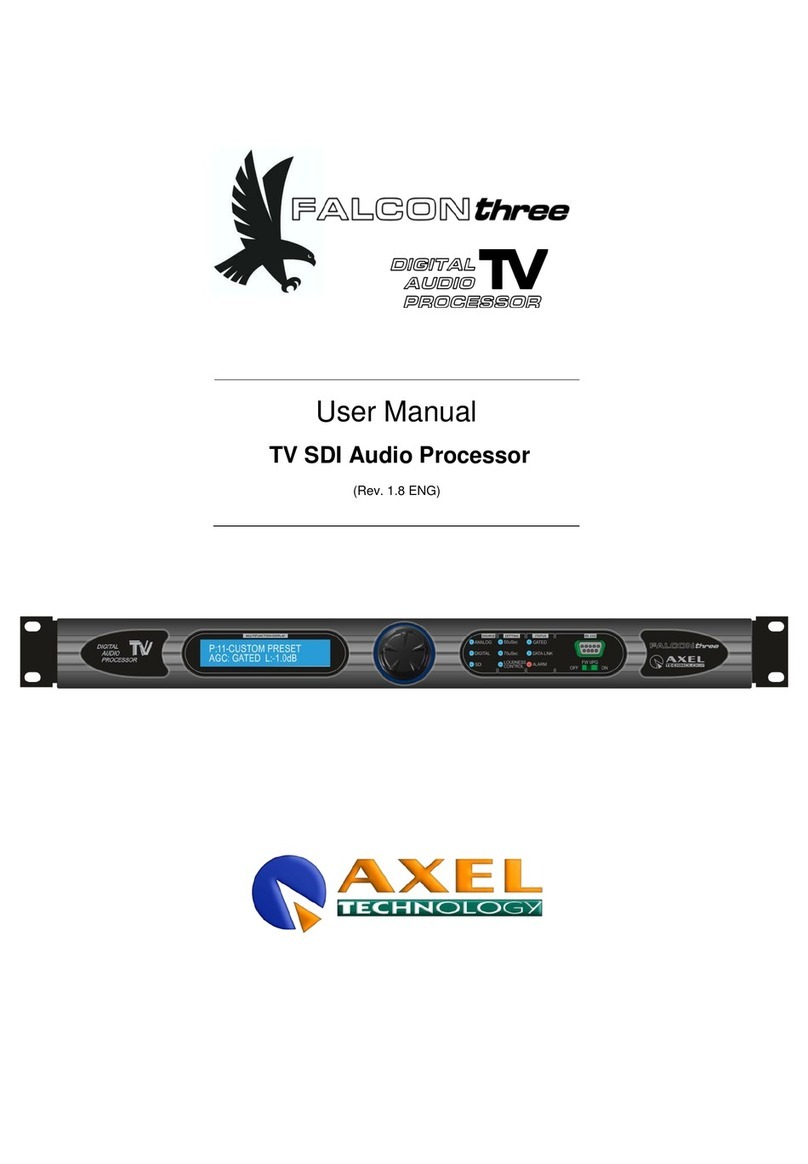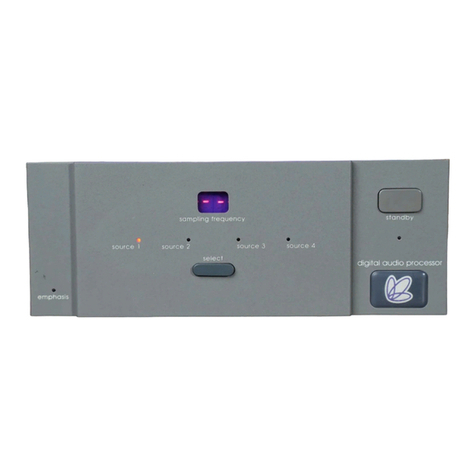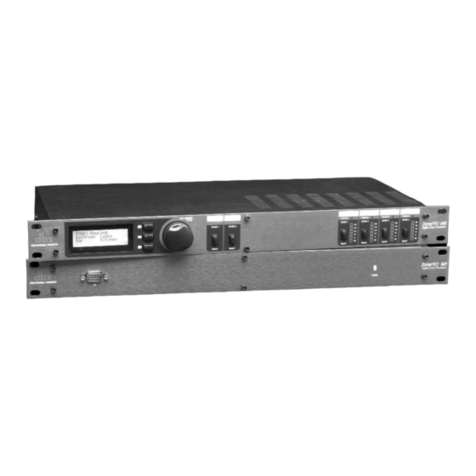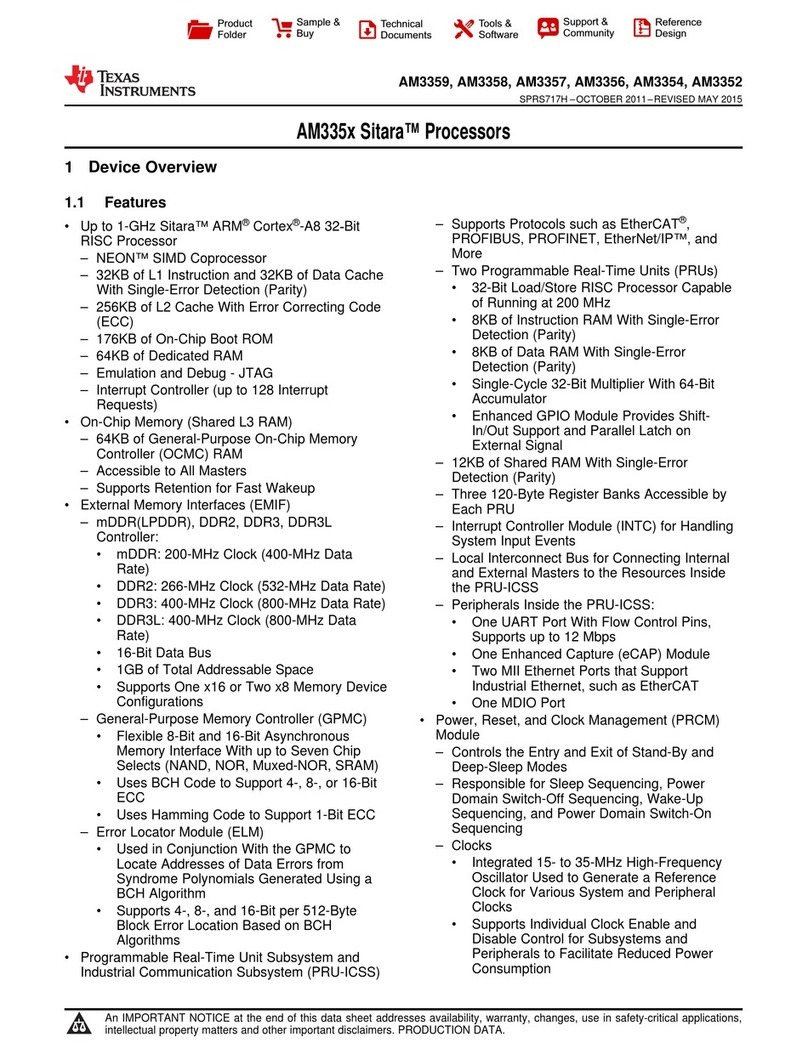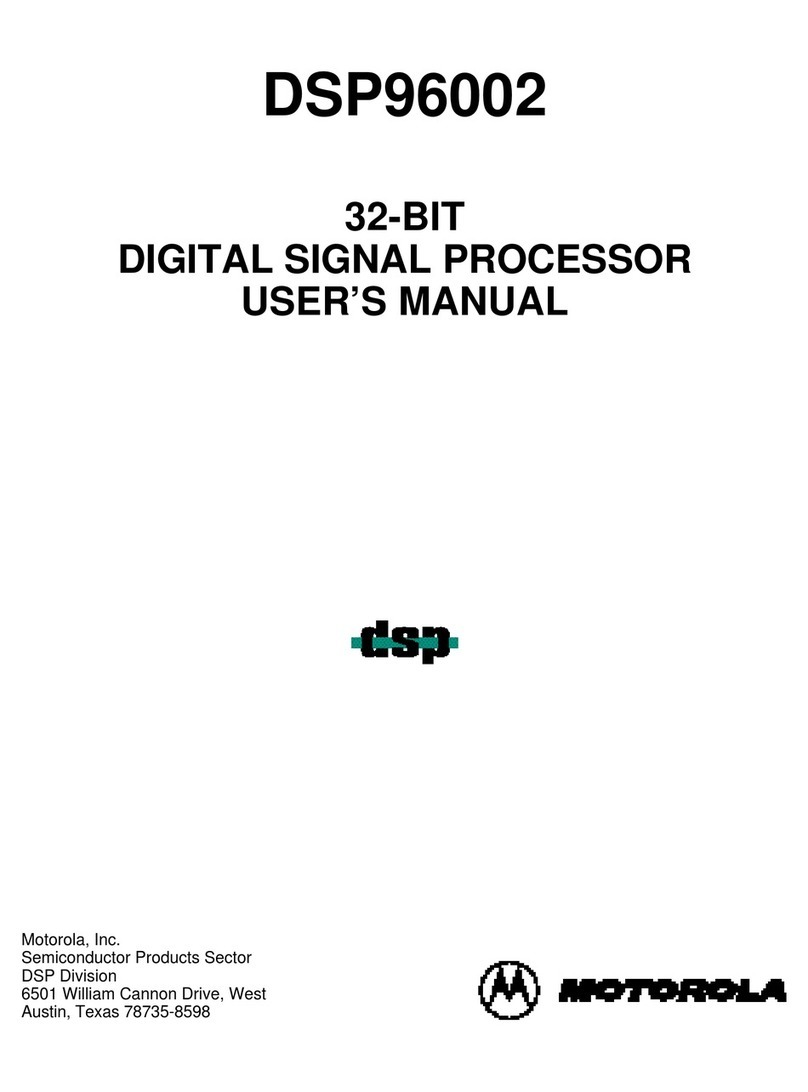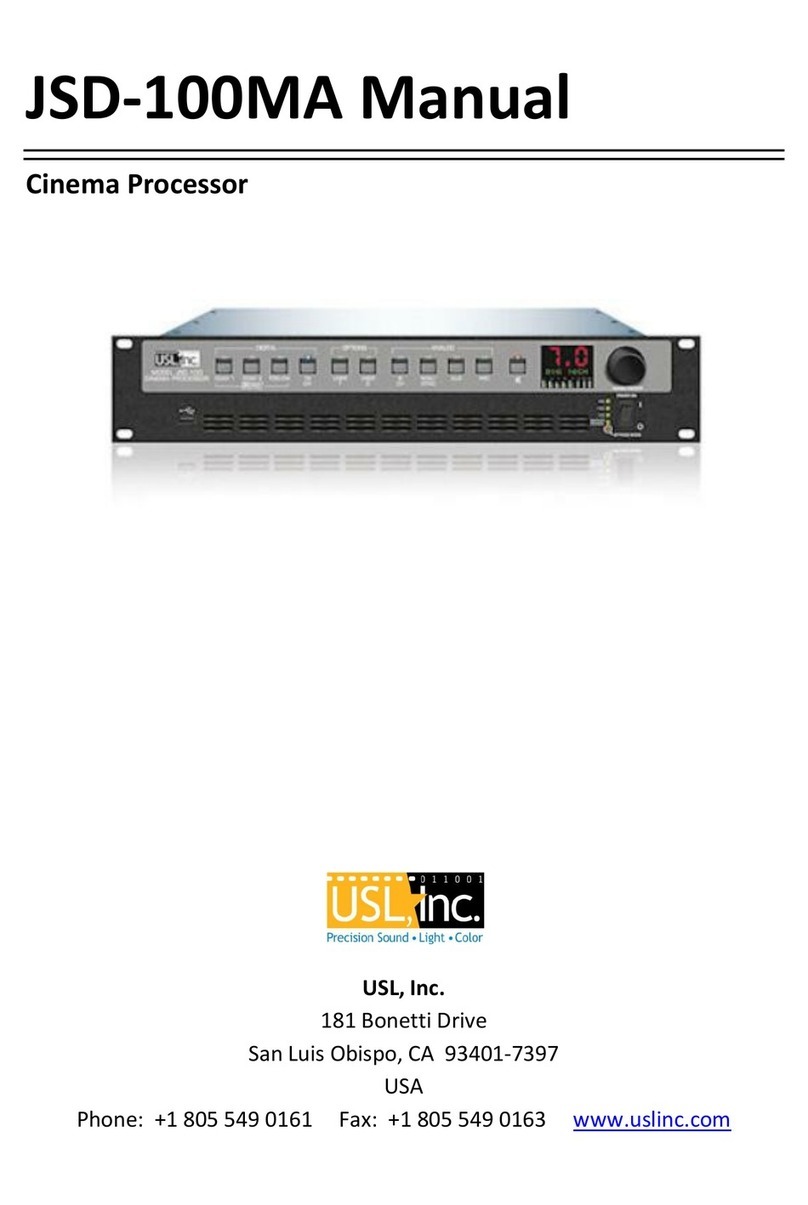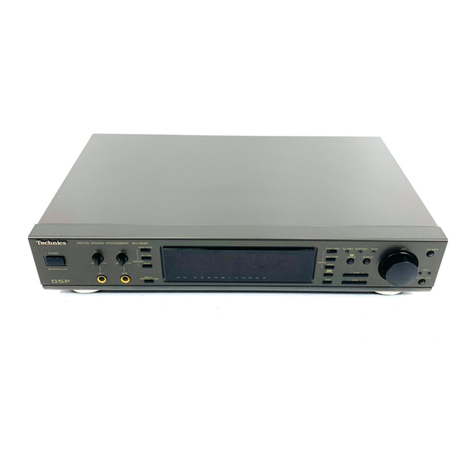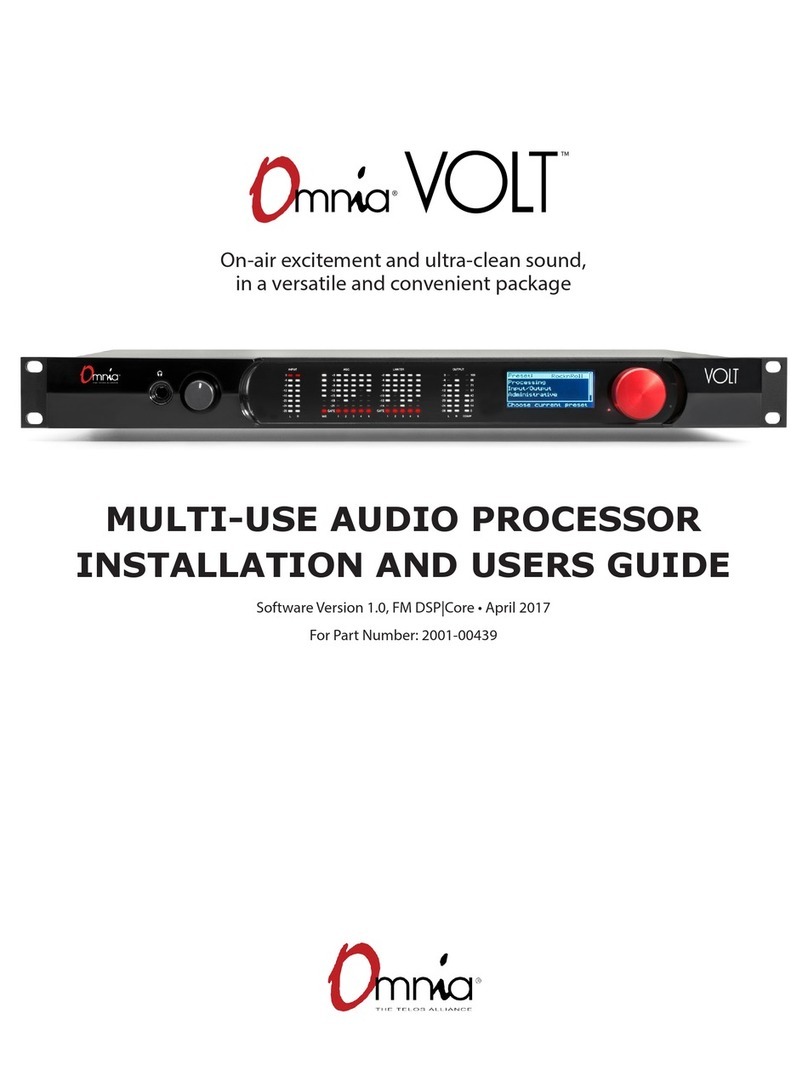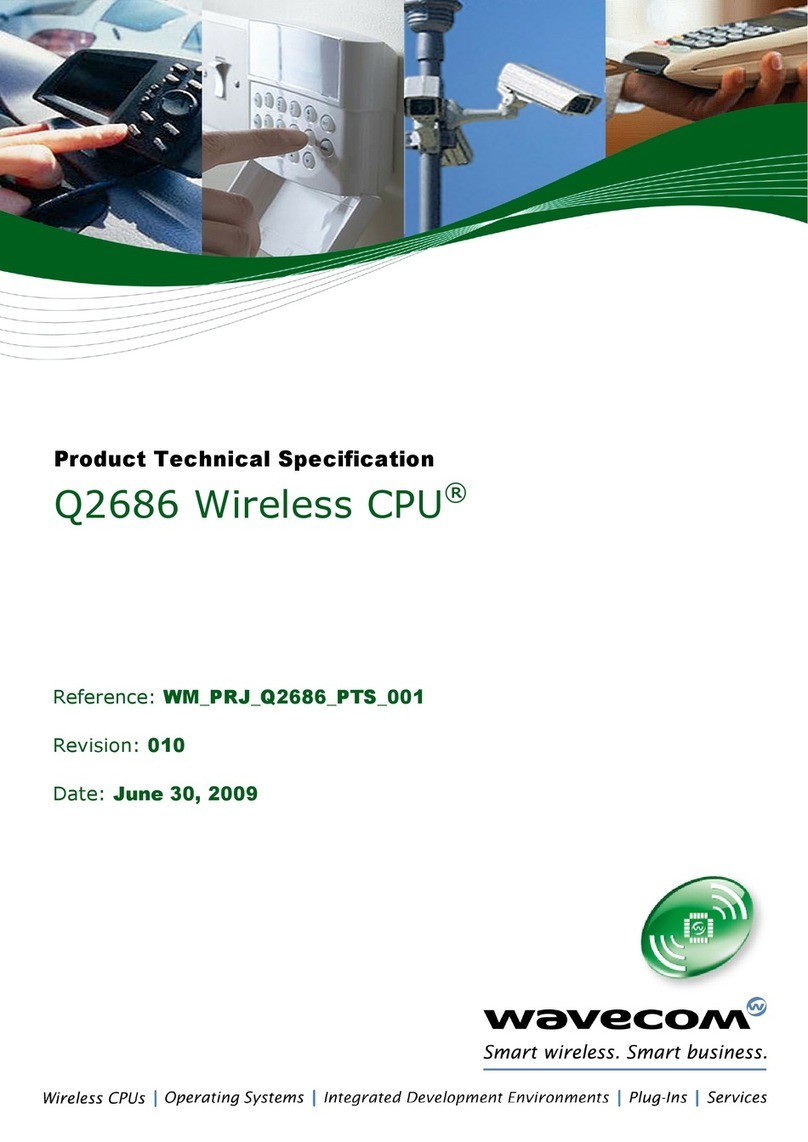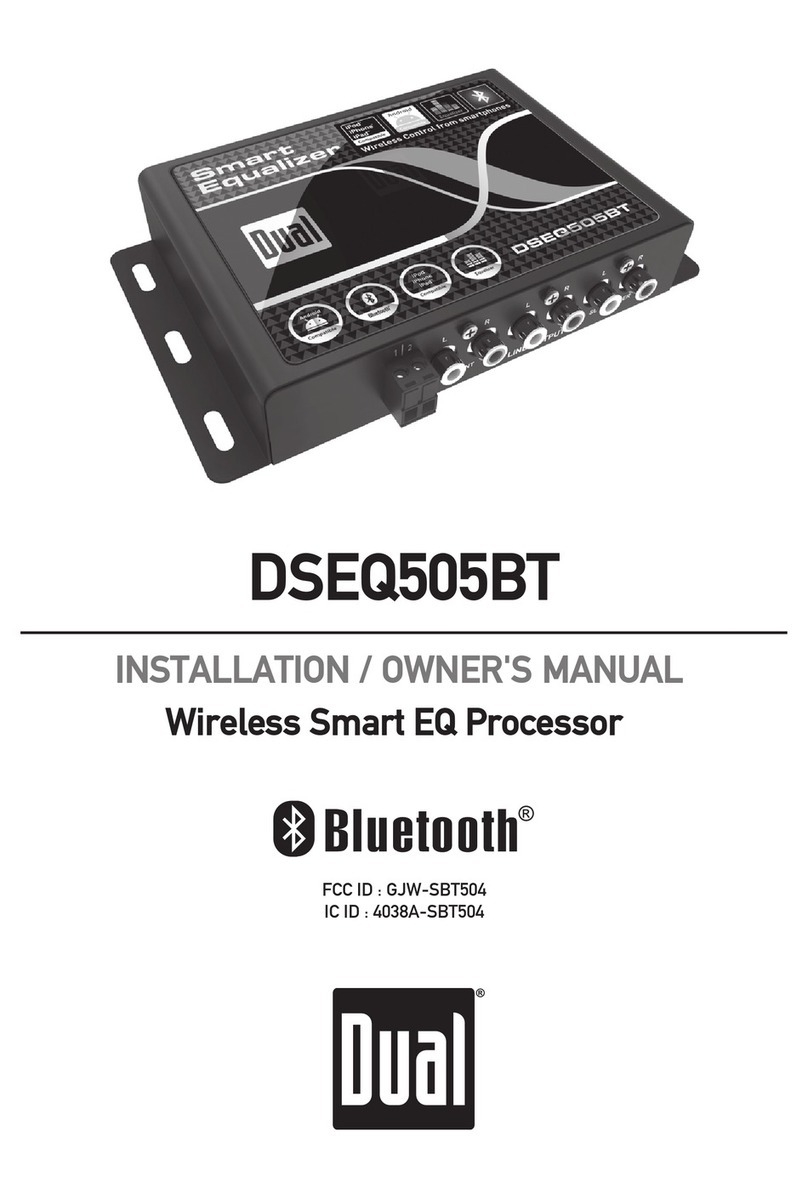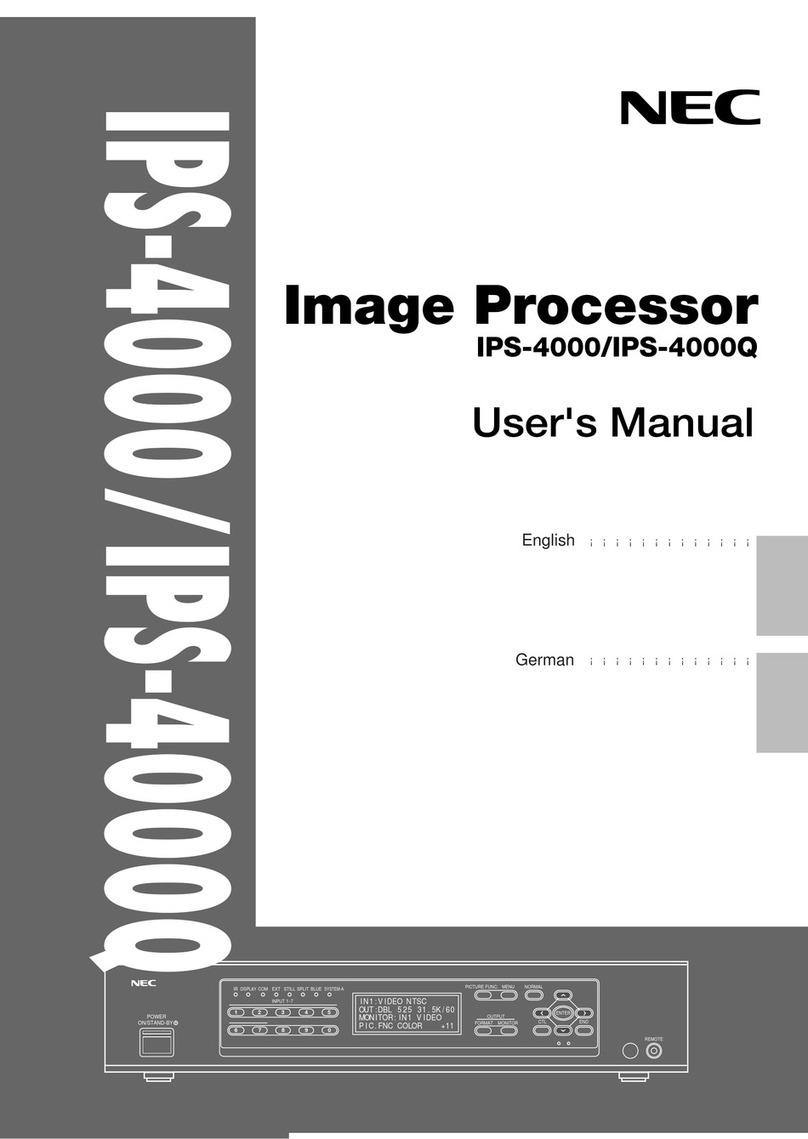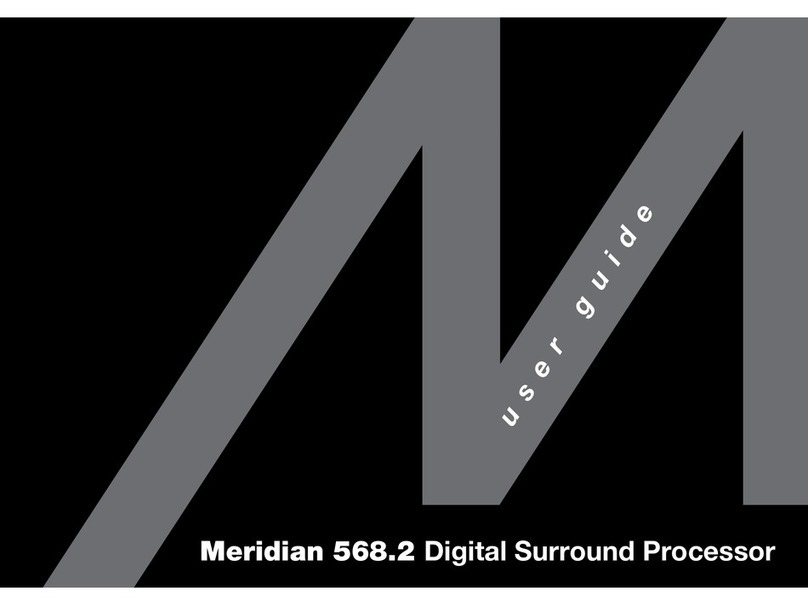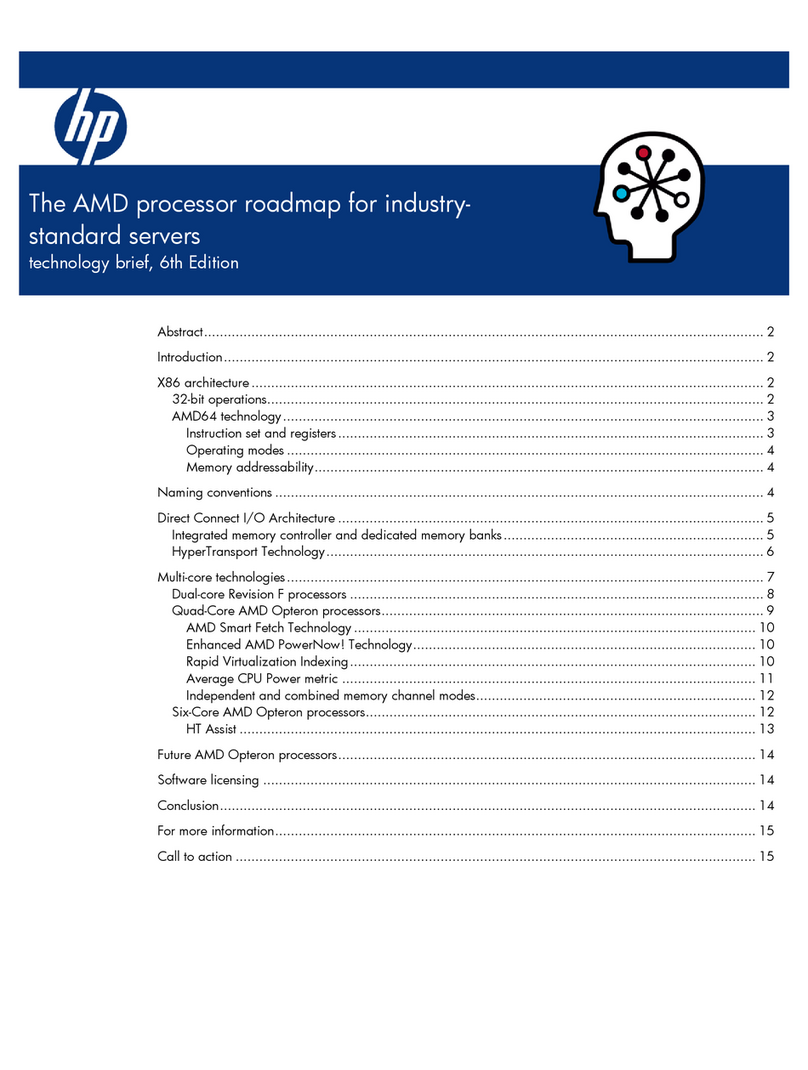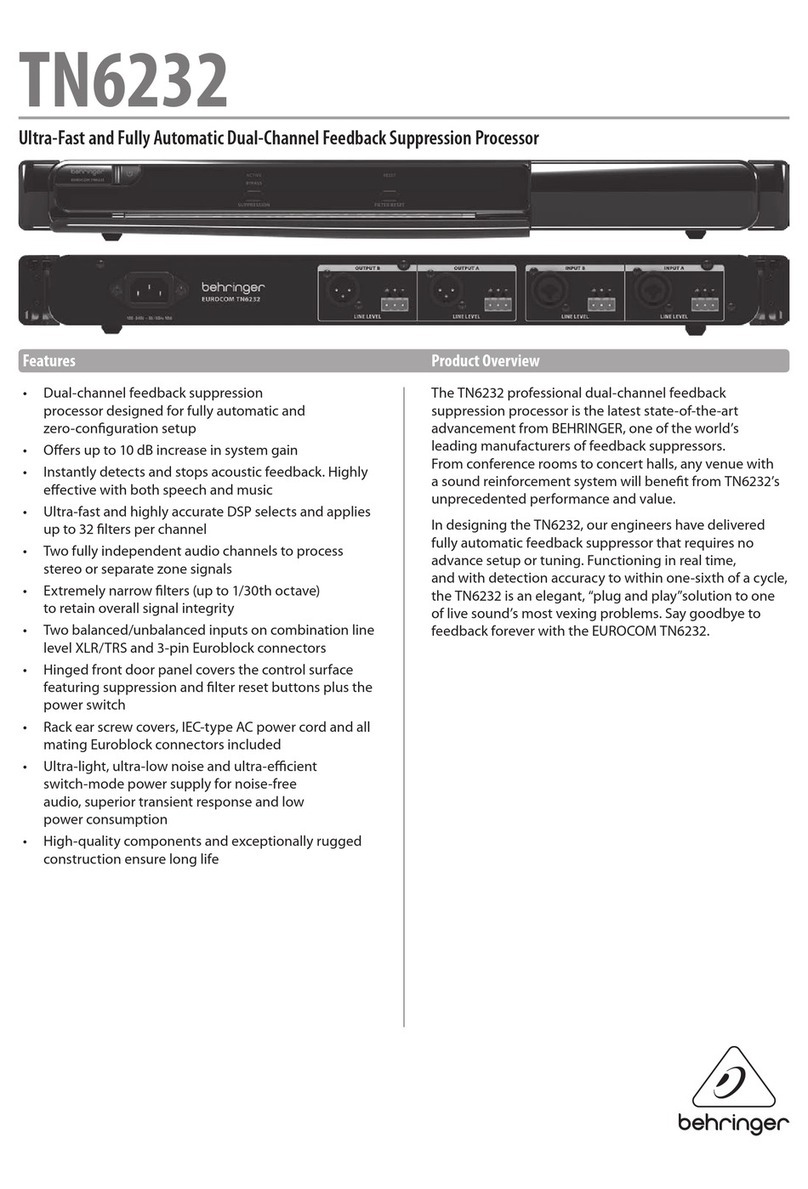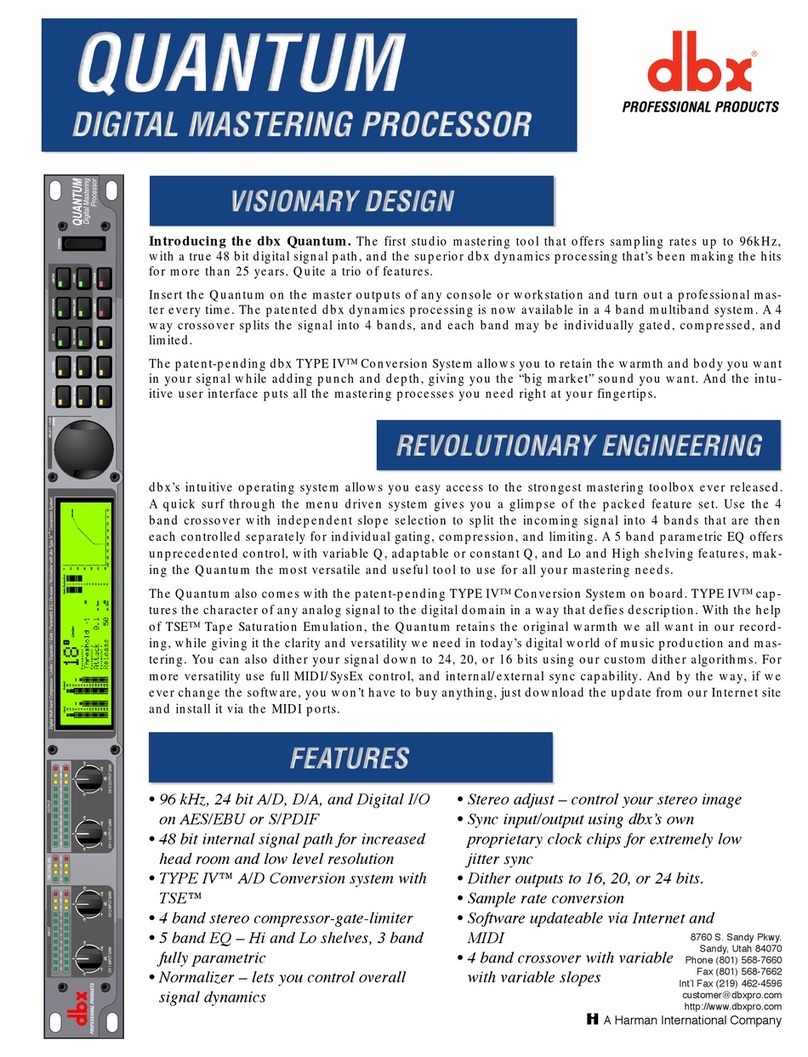Intel Corporation makes no warranty for the use
of
its products and assumes no responsibility for any errors which may
appear in this document nor does it make a commitment
tQ
update the information contained herein.
Intel retains the right to make changes to these specifications at any time, without notice.
Contact your local sales office to obtain the latest specifications before placing your order.
The following are trademarks
of
Intel Corporation and may only
be
used
to
identify Intel Products:
Above, BITBUS, COMMputer, CREDIT, Data Pipeline, FASTPATH, Genius,
i,
t.
ICE, iCEL,
ICS,
iDBp, iDIS, I'ICE, iLBX, im, iMDDX, iMMX, Inboard, Insite, Intel,
intel, intelBOS, Intel Certified, Intelevision, inteligent Identifier,
inteligent
Programming, Intellec, Intellink, iOSP, iPDS, iPSC, iRMK, iRMX, iSBC, iSBX,
iSDM, iSXM, KEPROM,
Library
Manager, MAPNET, MCS, Megachassis,
MICROMAINFRAME,
MULTIBUS,
MULTICHANNEL,
MUL
TlMODULE,
MultiSERVER, ONCE, OpenNET, OTP,
PC
BUBBLE, Plug-A-Bubble, PROMPT,
Promware, QUEST, QueX, Quick-Pulse Programming, Ripplemode, RMX/80,
RUPI, Seamless, SLD, SugarCLibe, SupportNET, UPI, and VLSiCEL, and the
combination
of
ICE,
iCS, iRMX, iSBC, iSBX, iSXM, MCS, or
UPI
and
a numerical
suffix, 4-SITE. .
MDS
is
an ordering code only and is not used as a product name
or
trademark. MDS"is a registered trademark
of
Mohawk
.Data
SCiences
Corporation.
•MULTIBUS is a patented Intel bus.
Additional copies
of
this manual
or
other Intel literature may
be
obtained from:
Intel Corporation
Literature Distribution
Mail Stop SC6-59
3065 Bowers Avenue
Santa Clara, CA
95051
CINTEL
CORPORATION 1987
ii
CG·5/26/87
